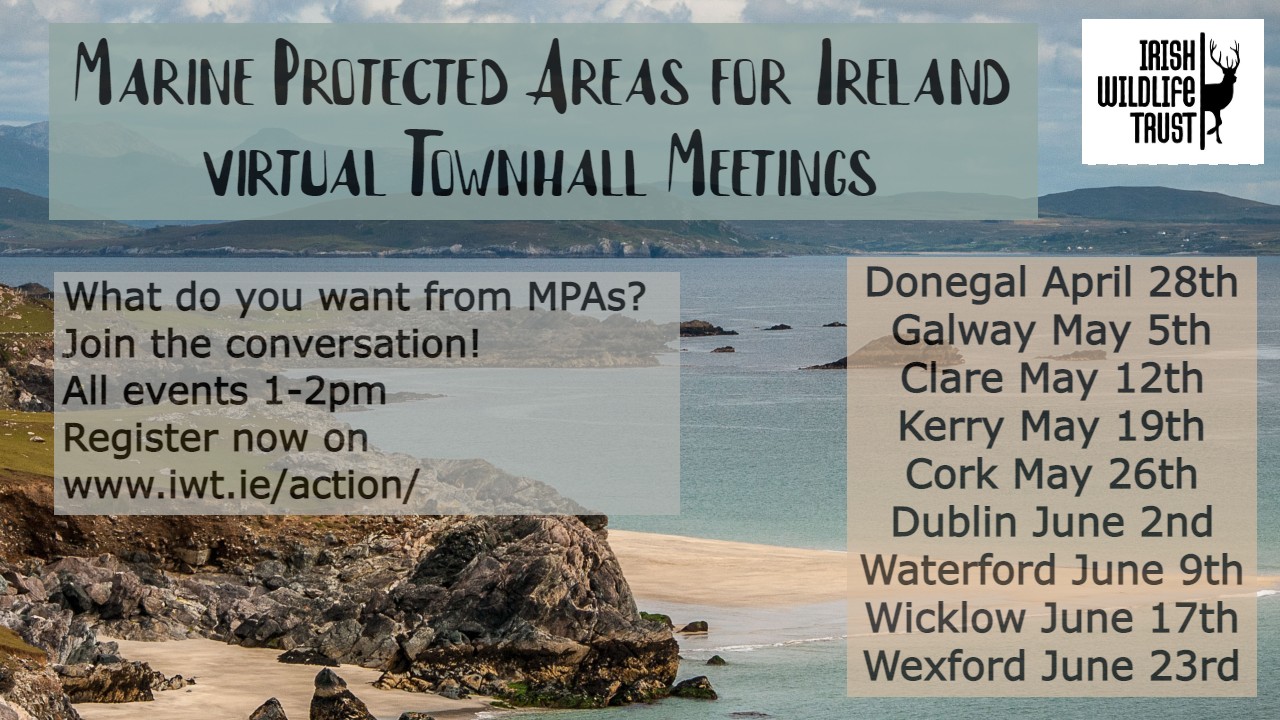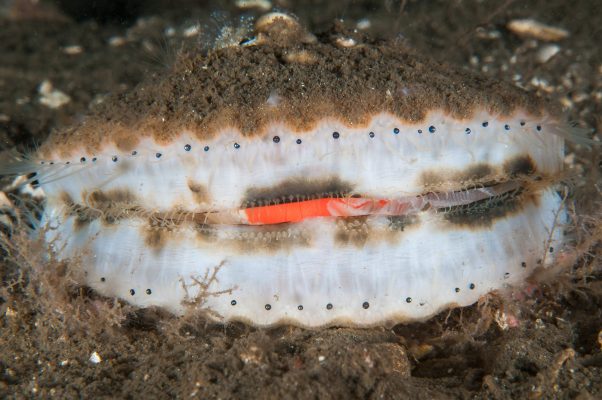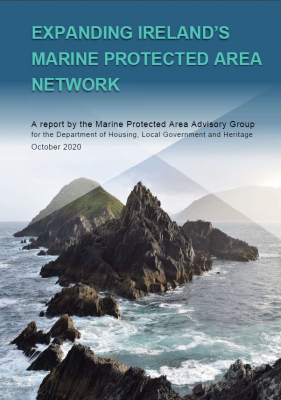
Over the summer of 2021 we held a series of 9 townhall meetings in major Irish coastal counties. We addressed questions and concerns the public had about marine protected areas and encouraged participants to participate in the public consultation on the report ‘Expanding Ireland’s Marine Protected Area Network’ available to download here.
Many of the participants commented that the MPA report was simply too long and the information overwhelming. It was generally agreed that there is a need for a short and digestible summary and infographics along with more general engagement from the government in the form of meetings or explainer videos.
The risk is that the Dept of the Marine “grandfathers” all existing locations which are earmarked for aquaculture development, evading a genuine consultation process. The fact that fisheries and aquaculture were not included in the NMPF Bill is indicative of the intention.”
- Donegal townhall participant
Rural communities cannot afford to fight multinationals through the courts to protect their community and way of life.”
- Kerry townhall participant

Queen scallop (Aequipecten opercularis) and the orange inside is ripe gonads. Photo by Richard Shucksmith.
In Galway, we heard about the deterioration that has taken place in Galway Bay and other locations along the Galway coast. One source of concern was an increase in freshwater inflow into Galway Bay which may threaten the native oyster reef. One participant called for a ‘one-stop shop’ to protect the area as the current system allowed for too much evasion of responsibilities.
In Kerry, concern was raised regarding the state of sharks. One participant called the Tralee and Brandon bays the ‘Serengeti of sharks and rays‘ which depend on a local spider crab moulting site for food.
We’re on the last legs with these species [sharks and rays] and they’re within our 12 nautical miles”… we “must hurry up” with MPA designations if they’re to stand a chance.”
- Kerry townhall participant
It doesn’t pay to get over focused on data, we have sufficient data to make a solid start on designating MPA’s and additional areas. The data are spread among a number of organisations but substantial data collection has been undertaken in recent years since BioMar, more would be welcome but we have sufficient to make a solid start.”
- Galway townhall participant

A group of plumose anemones (Metridium senile) feeding on a moon jellyfish (Aurilia aurita), which they have captured. Photo by Alex Mustard.
The Dublin Bay Biosphere is a good example for an MPA in terms of public engagement, resources and a conservation strategy, but it lacks legal protection and clear lines of responsibility.
The townhalls have been very focused on inshore waters, because that’s where most stakeholders operate. While most new MPAs will likely be larger offshore sites (which are needed to bring the total MPA coverage up to 30%) these meetings have shown how much work is ahead of the government to make even existing inshore MPAs (SACs and SPAs) work. The townhalls showed us many of the known difficulties also highlighted in the MPA report: that marine protected area designations are an emotional process and people want to voice their concerns and want to be a part of the process.

This report was discussed during the townhall meetings. It’s available to download here.